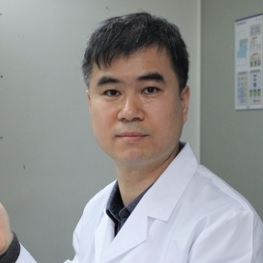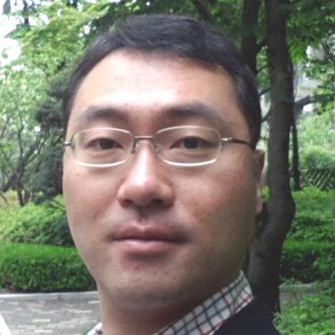Harmful Organisms and their Management for Sustainable Environment
A special issue of Sustainability (ISSN 2071-1050).
Deadline for manuscript submissions: closed (31 May 2020) | Viewed by 54075
Special Issue Editors
Interests: cyanobacteria; microalgae; harmful algal bloom (HAB); dinoflagellate; red tide
Interests: algal bloom; red tide; dinoflagellate; bacterioplankton; polynucleobacter; bacteria; marginal sea; Japan; sea of Japan
Special Issues, Collections and Topics in MDPI journals
Interests: macrofauna; fouling animal; invasive marine macrobenthos; benthic ecosystem
Interests: toxic phytoplankton; saxitoxin; toxicogenomics; algal genomics; molecular adaptation
Special Issues, Collections and Topics in MDPI journals
Interests: nanotoxicity; biosensors for monitoring HABs
Special Issue Information
Dear Colleagues,
This Special Issue in Sustainability, with the theme of “Harmful Organisms and Their Management for a Sustainable Environment”, is aiming to publish the latest research and development on diverse aspects of harmful organisms. This issue will fill a gap in the current lack of comprehensive information about ecological, physiological studies of diverse organisms important in ecosystem and human health. Manuscripts (either critical reviews or research articles) in the following areas are welcomed:
- Molecular detection, remote sensing, and monitoring of harmful algal blooms (HABs);
- Novel control methods and technology for harmful organisms;
- Ecological interaction among virus, bacteria, and eukaryotic organisms;
- Environmental and ecological factors affecting life in a specific habitat;
- Taxonomy, toxicity, secondary metabolites, and life cycle of novel organisms;
- Effect of harmful organisms on human health and ecosystems.
Note that the above list is not exhaustive. Researchers are welcome to suggest any relevant topics that are related to environmental biology. The issue is expected to comprise about 20 papers (max.).
Dr. Chi-Yong Ahn
Dr. Seung Ho Baek
Dr. Ok Hwan Yu
Prof. Dr. Jang-Seu Ki
Dr. Young-Pil Kim
Dr. Hyuk Je Lee
Guest Editors
Manuscript Submission Information
Manuscripts should be submitted online at www.mdpi.com by registering and logging in to this website. Once you are registered, click here to go to the submission form. Manuscripts can be submitted until the deadline. All submissions that pass pre-check are peer-reviewed. Accepted papers will be published continuously in the journal (as soon as accepted) and will be listed together on the special issue website. Research articles, review articles as well as short communications are invited. For planned papers, a title and short abstract (about 100 words) can be sent to the Editorial Office for announcement on this website.
Submitted manuscripts should not have been published previously, nor be under consideration for publication elsewhere (except conference proceedings papers). All manuscripts are thoroughly refereed through a single-blind peer-review process. A guide for authors and other relevant information for submission of manuscripts is available on the Instructions for Authors page. Sustainability is an international peer-reviewed open access semimonthly journal published by MDPI.
Please visit the Instructions for Authors page before submitting a manuscript. The Article Processing Charge (APC) for publication in this open access journal is 2400 CHF (Swiss Francs). Submitted papers should be well formatted and use good English. Authors may use MDPI's English editing service prior to publication or during author revisions.
Keywords
- harmful algal bloom (HAB)
- monitoring
- interaction
- virus
- bacteria
- eukaryote
- environment
- taxonomy
- toxicity
- life cycle
- ecosystem
- human health







